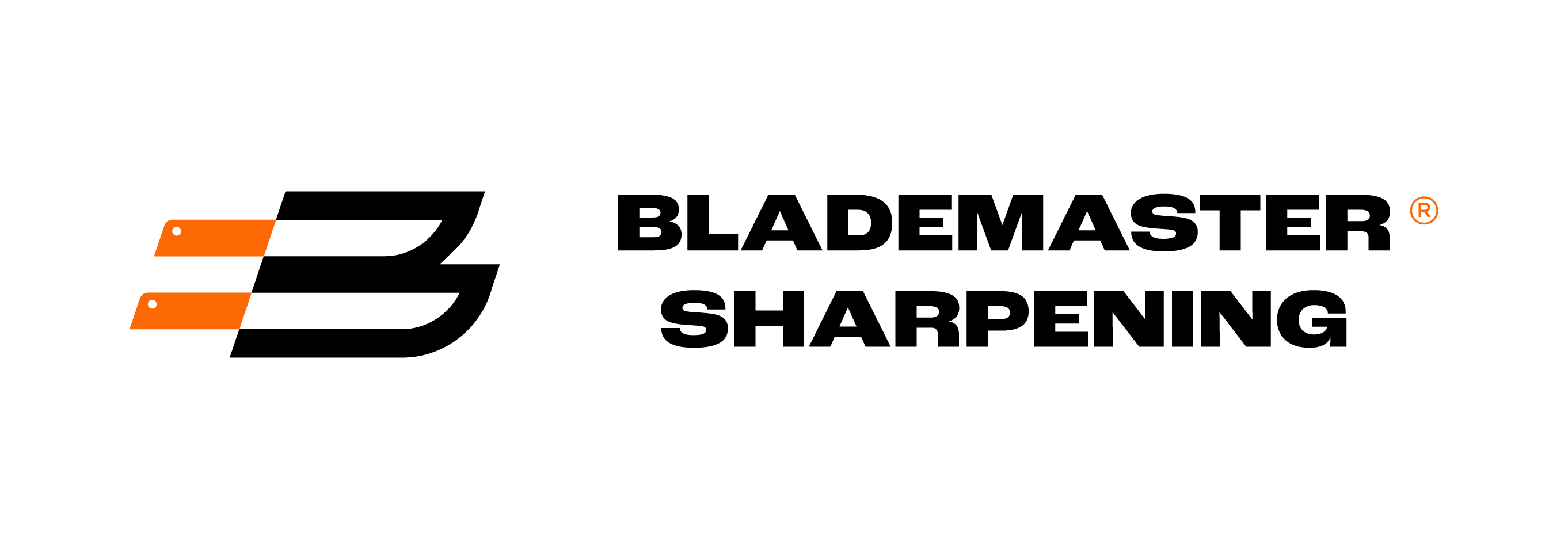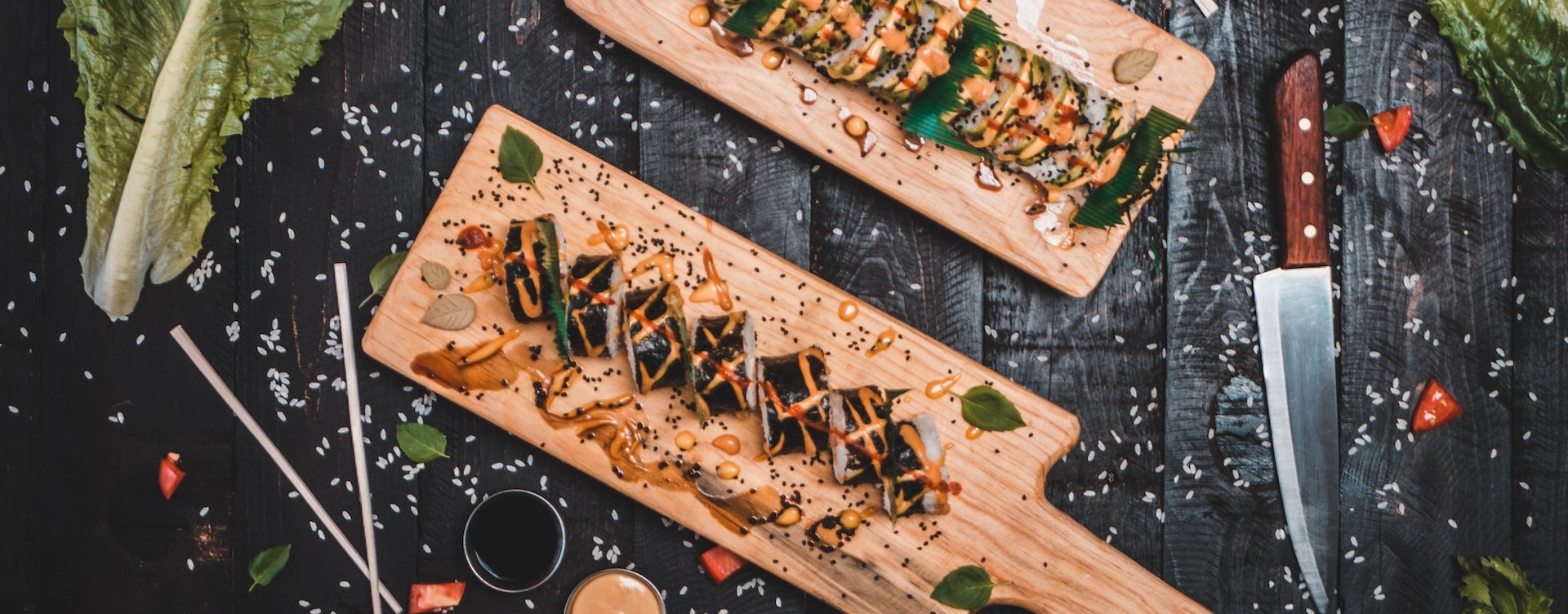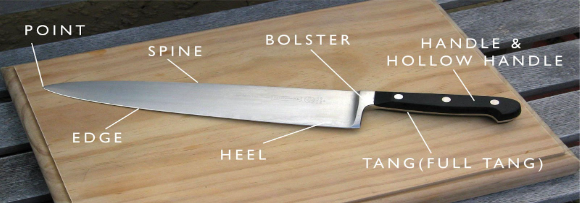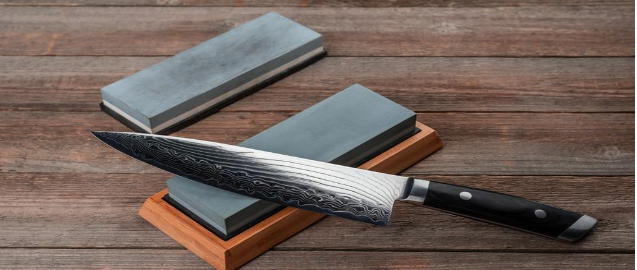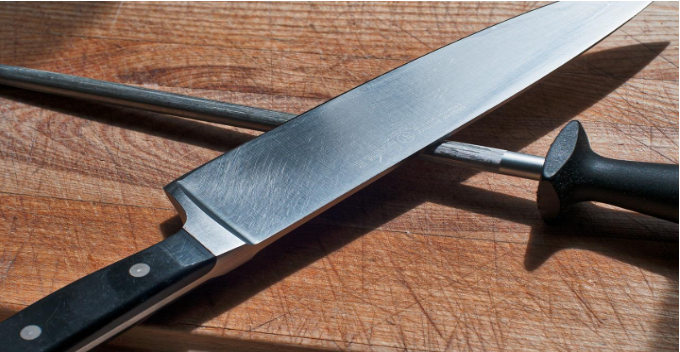What we Sharpen
Blade Masters
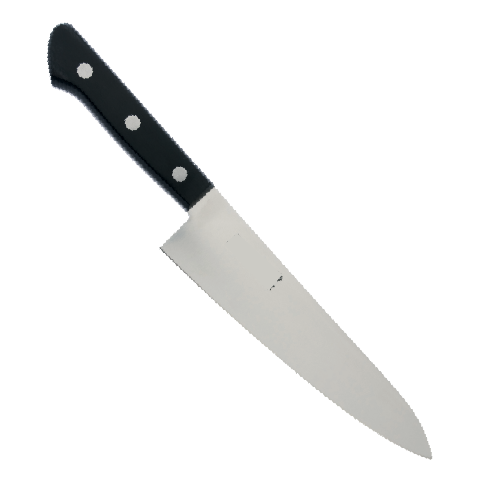
Big
Knives
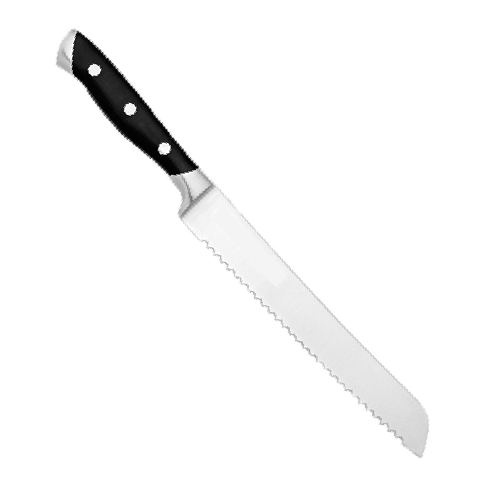
Serrated
Bread Knife
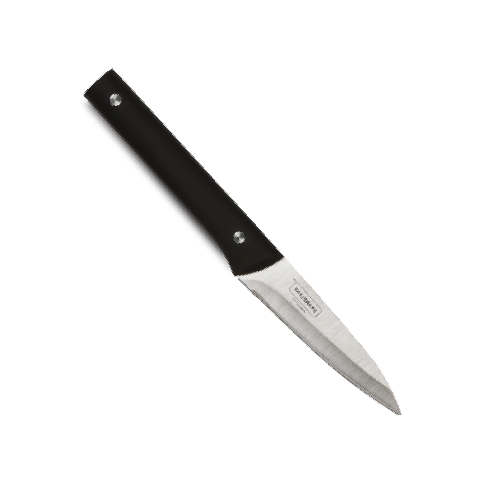
Paring
Knives
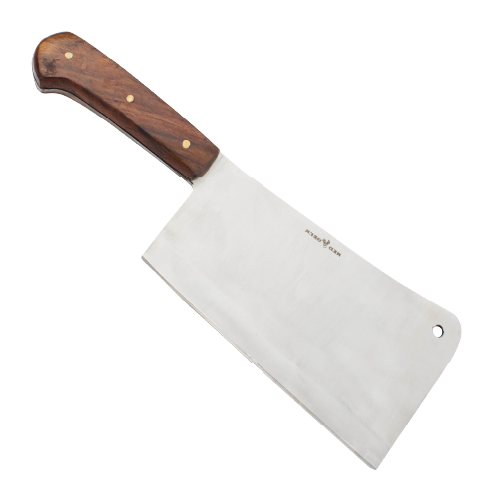
Cleaver
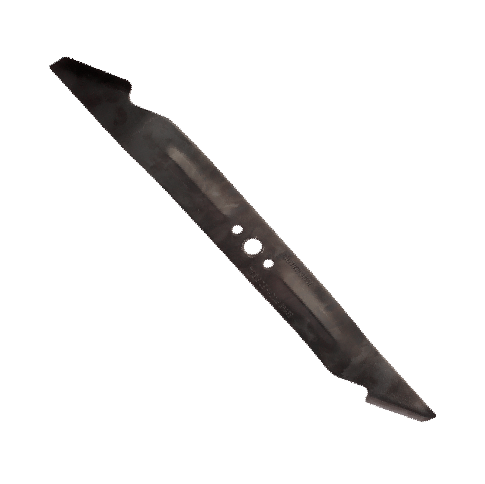
Lawn
Mower Blade
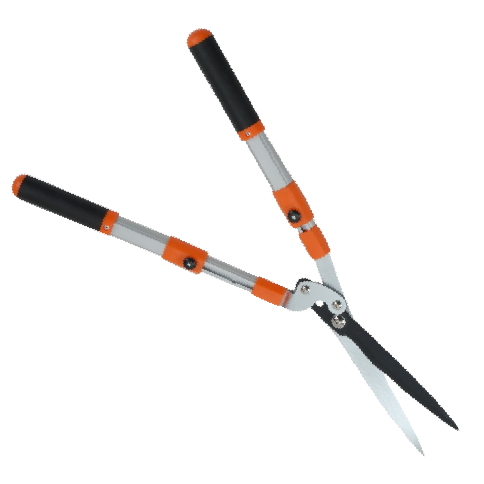
Hedge
Clippers
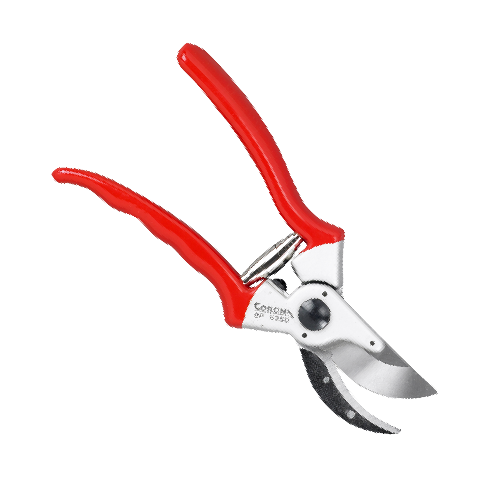
Secatuers
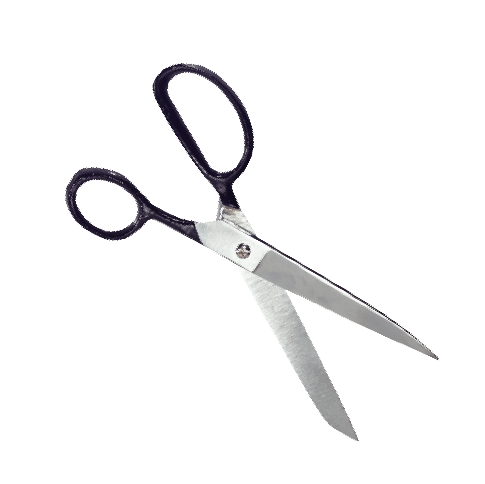
Scissors
How we Sharpen
Blade Masters
Blademaster uses a knife sharpening belt sander machine to sharpen and repair knives, the belts used are 180 – 1200 Grit, with a convex edge, the belts are used from 180 grit – 240 grit – 400 grit- 1200 grit and a leather belt to finish.
Here's a breakdown of how a belt machine works:
1. Power and rotation: The belt machine is powered by an electric motor, which provides the necessary energy to rotate the belt at high speed. This rotation creates the abrasive action required to sharpen the knife.
2. Grit selection: The machine uses belts with different levels of abrasiveness, referred to as grit. The grit size ranges from coarse to fine, allowing users to select the appropriate belt based on their specific sharpening needs.
3. Belt installation: The belt is installed on the machine. It is typically wrapped around two rotating drums or pulleys, creating a continuous loop that moves the belt smoothly across the sharpening area.
4. Knife positioning: To sharpen a knife, the user holds the blade against the moving belt, maintaining a consistent angle throughout the process. The belt is adjusted to a certain tension, ensuring proper contact with the knife's edge.
5. Sharpening process: As the machine is on and the belt is rotating, the user guides the knife along the belt, applying light and controlled pressure. The belt's abrasive surface grinds away small amounts of metal from the blade, sharpening and refining the cutting edge.
6. Repeating the process: After sharpening one side of the blade, the user flips the knife and repeats the process on the opposite side to ensure even sharpening. This helps maintain the knife's balance and cutting performance.
8. Checking the sharpness: Throughout the sharpening process, it's important to periodically check the knife's edge for sharpness. This can be done by carefully inspecting the blade's consistency and performing a cutting test on a suitable material.
By utilizing the power and rotation of the belt, combined with the proper technique, a belt machine efficiently removes material from the knife's edge, resulting in a sharpened blade ready for use.
Knife repair
We repair broken tips and chipped knife blades
Broken Tips
Tiny chips are an inevitable result of normal kitchen knife use, even if you’re careful.A super sharp knife has such an incredibly thin cutting edge, it is actually very delicate, even if you’re using high quality steel. We can create a new tip for your blade. When we recreate the point of the knife we will have to grind down metal from the existing blade to form a new tip. The new point will begin where the old tip broke off. That means your knife will always be slightly shorter than before the tip was broken off.
Severely broken knives require a lot of grinding and sometimes the knife will lose its length in the process Generally, a new tip can be created in two ways:
For minor tip repairs we create a new tip by changing the curvature of the top edge of your blade. The end of the top edge will bend down to create a new point and more of the original edge of the blade remains.
For severely broken tips, we will keep the upper edge of the blade intact and recreate the curvature and ‘belly’ of the blade on the remaining length of metal. This takes away more steel resulting in a shorter blade.
Chipped Knifes
Chips in a blade vary vastly and can, for example, be caused by cutting into something hard, or when the blade is mistreated. Chip repair is often necessary for knives with higher carbon steel or ceramic knives. A knife may be manufactured from varying qualities of steel. If the blade chips, the only way to repair the blade is to reduce the height of the blade, and create a new edge. This does cause some shrinkage to the blade.
